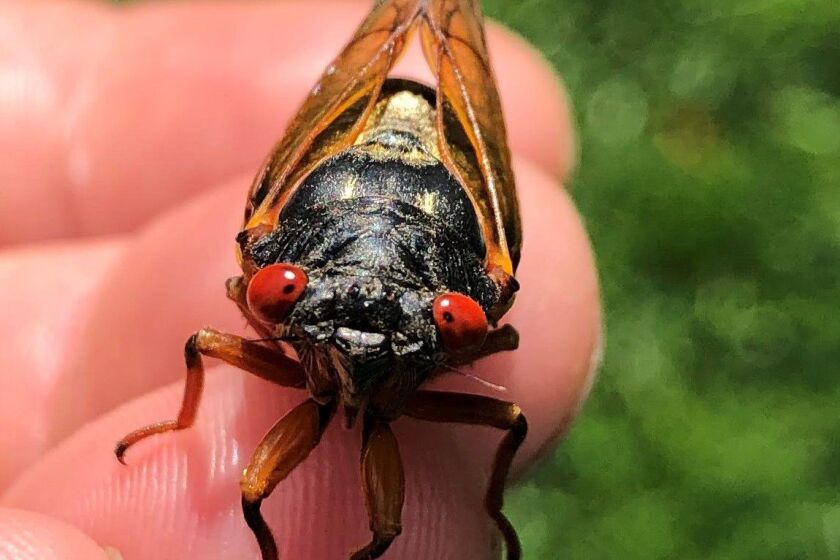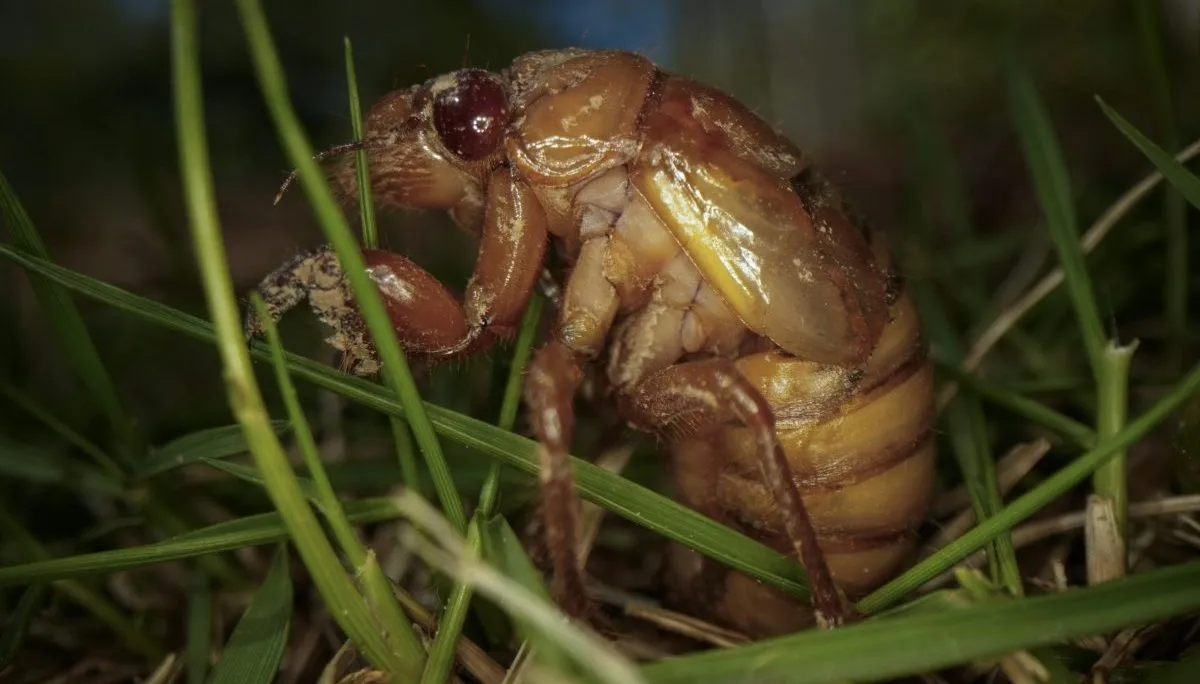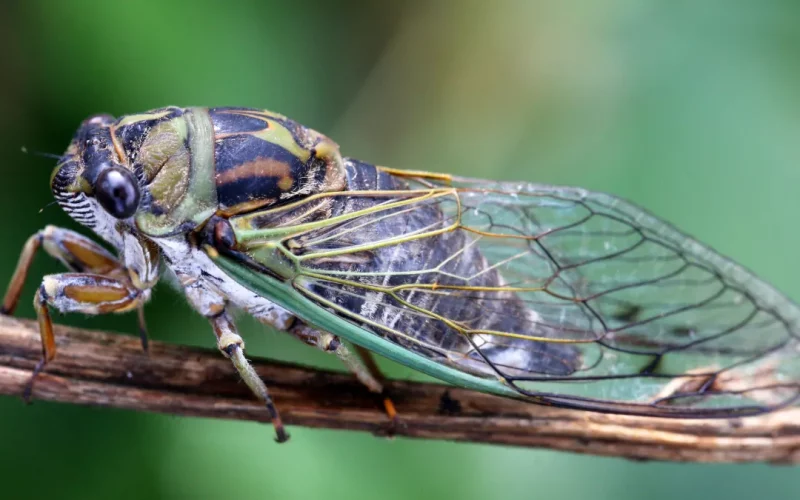Chicago area and parts of Illinois—the emergence of cicadas. This year’s emergence has begun earlier than average, sparking curiosity and anticipation among residents. However, the true horror of crowding cicadas and their loud getup is yet to arrive.
Builds:
According to experts from the Insect Asylum, peak emergence is expected in mid-May for the Chicago area. While sightings have already been reported, the timing of the mass emergence remains uncertain, influenced by various factors such as soil temperature, humidity levels, and environmental conditions.
Early Signs of Emergence:
Stephanie Adams, a plant pathologist at Morton Arboretum in Lisle, noted the early emergence of cicadas from Brood XIII, indicating a departure from the historic average. The emergence has been observed in both landscapes and wooded areas, signaling the impending overspread across the entire Chicago region.

Factors Influencing Emergence:
The emergence of cicadas is influenced by soil temperature, with the ideal threshold being around 64 degrees Fahrenheit. However, other factors such as soil composition, mulch, and proximity to pavement can accelerate or delay emergence. As soil temperature rises and humidity levels increase, cicadas are prompted to emerge from their underground habitat.
Brood XIII and Brood XIX:
This year, two broods are emerging simultaneously—Brood XIII and Brood XIX. Brood XIII is expected to dominate northern Illinois, Indiana, and possibly extend into Wisconsin and Ohio. Known for its massive emergence, Brood XIII has historically been associated with dense populations and remarkable swarms.
Historical Significance:
The emergence of cicadas holds historical significance, especially for Brood XIII. In 1956, entomologists reported an astonishing 311 emergence holes per square yard in a forested floodplain near Chicago. This translated to approximately 1.5 million cicadas per acre, highlighting the magnitude of their presence.
Environmental Impact:
As cicadas complete their lifecycle and begin to perish, their carcasses accumulate on the ground, emitting a distinct odor. In 1990, reports emerged of residents in Chicago resorting to snow shovels to clear sidewalks of the deceased cicadas—a testament to their overwhelming numbers and impact on urban environments.
Brood XIX’s Reach:
In contrast, Brood XIX, also known as the Great Southern Brood cicadas, covers a broader geographic range, spanning across Missouri, Illinois, Louisiana, North Carolina, Virginia, and Maryland. Notably, this brood exhibits a more extensive distribution, extending from the Midwest to the East Coast.

Conclusion:
The emergence of cicadas as Brood XIII and Brood XIX emerge simultaneously, residents brace themselves for an extraordinary display of nature’s resilience and beauty. One thing is certain—the cicadas’ emergence represents a significant occasion in the areas of Chicago’ natural heritage.










